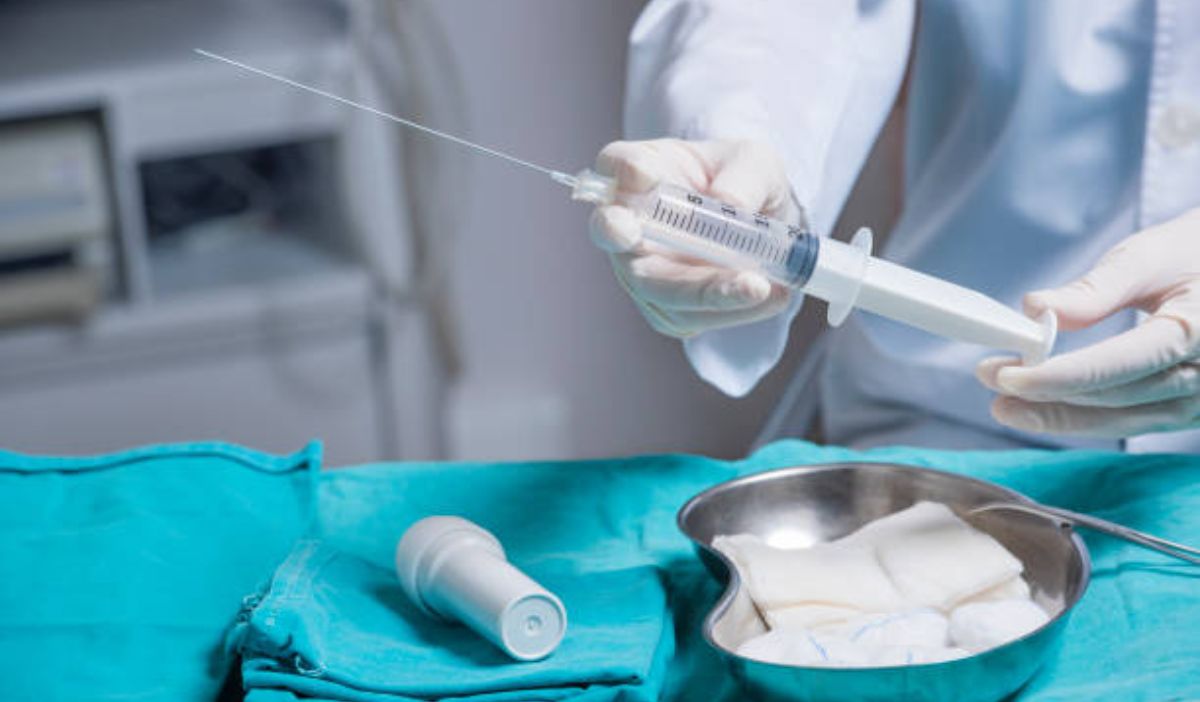The Lactated Ringers Injection Market is estimated to be valued at USD 762.2 Million in 2031
- Ronak Shah
- World News
- December 31, 2024

A newly published report by Coherent Market Insights reveals a sustainable growth in opportunities in the lactated ringer’s injection market. Coherent Market Insights’ analyst projected the lactated ringer’s injection market to be valued at USD 762.2 Mn in 2031. It is expected to exhibit a CAGR of 5.9% over the forecast period 2024 -2031.
Increasing adoption of intravenous fluid therapy for treatment of dehydration, burn care, gastrointestinal problems, and others is drives market growth. Lactated ringers’ injection is an ideal choice for fluid resuscitation as it closely resembles physiological fluid composition of blood and normal extracellular fluid. This reduces risks associated with fluid overload or electrolyte and pH imbalances.
In addition, approval and launch of new products is further fueling growth of the market. For instance, in July 2021, Pfizer received approval from USFDA for 0.9% Sodium Chloride Injection and Lactated Ringer’s Injection in pre-filled syringes with protective guard.
Key Market Trends:
Growing adoption of advanced intravenous fluid therapy owing to low risks of fluid overload is a major trend seen in the global lactated ringer’s injection market. Lactated ringers closely resemble blood plasma and prevent electrolyte imbalances, which is driving its preference over conventional normal saline for intravenous fluid administration.
Single-dose flexible diluent containers: Use of single-dose flexible diluent containers instead of glass bottles is another emerging as a key trend. These single-dose flexible pouches reduce risks of contamination, breakage, and errors during administration compared to glass bottles. Manufacturers are increasingly providing single-dose pouches and pre-filled syringes with protective guards to gain market share.
Lactated Ringers Injection Market Opportunities
The standard lactated ringers solution segment held the largest market share of 55% in 2023. Lactated ringers solution helps maintain electrolyte and fluid balance in the body. It is commonly used for fluid replacement in conditions causing dehydration such as diarrhea and vomiting.
The lactated ringers with additives segment is growing at a CAGR of 7% during the forecast period. Additives such as dextrose, sodium chloride, etc. are being added to lactated ringers solution to provide additional clinical benefits. For instance, lactated ringers solution with dextrose is used for maintaining blood glucose levels in critically ill patients.
Key Market Takeaways
The global lactated ringer’s injection market is anticipated to witness a CAGR of 5.9% during the forecast period 2024-2031. This is owing to the rising incidence of chronic diseases and increasing surgical procedures worldwide.
On the basis of formulation, the standard lactated ringer’s solution segment is expected to hold a dominant position. This is owing to its widespread use for fluid replacement therapy.
By volume, the 250 mL segment captures over 40% of the market share. This is due to significant consumption in emergency settings, ICUs, and operation theaters.
Based on container type, plastic bottles dominate the market. This is due to its portable, economical, and easy to use in clinical settings.
North America is expected to hold a dominant position over the forecast period. This is due to the growing prevalence of chronic disorders in the US and Canada.
Competitor Insights
Some of the key players operating in the lactated ringers injection market include
Baxter International Inc.
Braun Melsungen AG
ICU Medical, Inc.
Fresenius Kabi AG
Hospira, Inc.
Otsuka Pharmaceutical Co., Ltd.
Dechra
Grifols S.A.
Pfizer Inc.
Recent Developments:
On November 12, 2024, ICU Medical, expanded globally, focusing on emerging nations with rapidly growing healthcare infrastructure. ICU Medical is well-positioned to fulfill the growing need for critical care goods in these countries by expanding access to its infusion systems and IV solutions, such as lactated ringers’ injection. More information is available in full report








